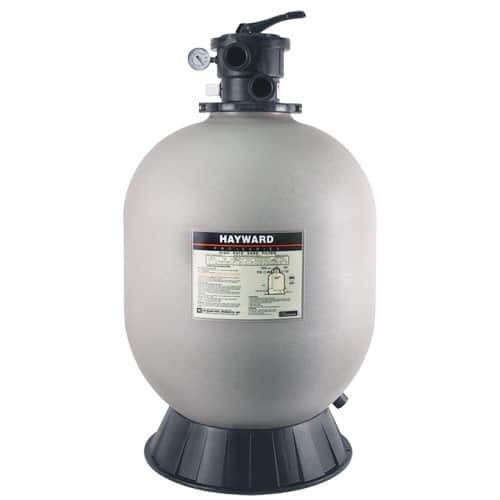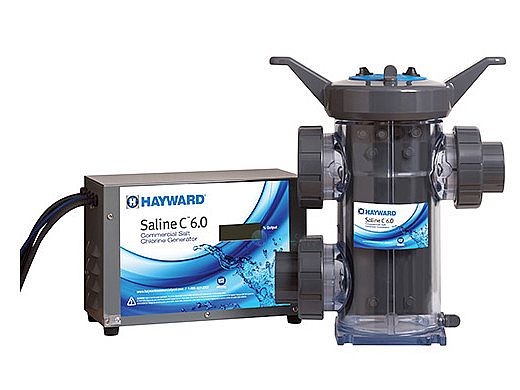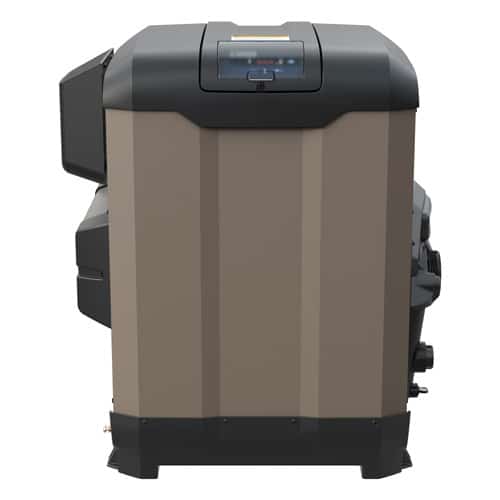The weather is warming up, and pollen is falling from the trees. This can only mean one thing: it is time to uncover your pool for the summer months! Here are some steps to help make sure your pool is ready for the summer.
Ensure your filter is cleaned and working properly.
- Sand works well in a filter because it is sharp; however, it can dull with time. Dulled sand leads to poor filtration, which leads to high chemical costs and cloudy water. Sand has a lifespan of three to five years. If you have not had your sand changed in that timeframe, now is the time to do it. If you have changed your sand recently, we recommend using a backwash cleaner, which can be purchased at your local pool store. Think of the cleaner like hand soap–you get a much better clean with it than if you simply used water.
Cartridge Filters
- Cartridge filters have a lifespan of two to four years. If you clean your pool yourself, we recommend using cartridge filter cleaner on a quarterly basis, but especially after the pollen season. Cartridges are readily available at your local pool store.
DE Filters
- DE filters need to be opened up, inspected, and cleaned on a quarterly basis. You want to avoid entering swim season with a DE filter that is compacted with DE powder or has holes in its grids. This can lead to improper filtration and DE blowback, which can be highly frustrating. Ensure the filter is cleaned and running correctly before the season starts to prevent pool downtime.
Is it time to upgrade the filter? (J&M’s top recommendation)
- J&M prefers cleaning an oversized cartridge filter on a quarterly schedule. This routine is proven to preserve the life of cartridges and offers the most transparent water and healthiest swimming conditions. If you want to upgrade your pool filter, we recommend cartridge filters because they capture more particles – also known as having a lower micron level – without the hassle of DE filters, are more efficient, and clog less frequently. Not having to backwash saves water and minimizes errors associated with multiport valves. Due to the design, most cartridge filters can handle flow rates of 150 GPM, which allows for numerous applications without restricting flow or creating back pressure.
Make sure your sanitizer is working correctly.
- Salt cells have a lifespan of three to five years and require cleaning on a quarterly basis. The cells can become full of calcium, preventing them from adequately producing chlorine from the salt. The cells also start reading incorrectly as they age, leading them to fail (not produce chlorine). Ensure your cell is functioning, reading proper salt levels, and producing chlorine before the season starts. If your cell’s serial number shows a date older than three to five years, we recommend having a backup to ensure no pool downtime.
Chlorinators
- Chlorinators have a short shelf life and will stop dissolving tablets properly as they age. We recommend swapping these out every two to three years to ensure proper chlorine levels.
Ozone/UV Systems
- Like all sanitizers, ozone systems require maintenance. Have your system checked out at the beginning of each season to ensure it produces ozone correctly.
Mineral Packets
- Be sure to swap out mineral packets before pool season. Depending on the brand or size, these may need to be swapped out seasonally or quarterly. Be sure to follow manufacturer instructions.
- Like HVAC systems, heaters require maintenance. Fire up your pool heater before you need it to ensure that you detect a failure or error early on. Most companies will not stock heater parts, so the repair will take time. Be sure to have your heater inspected to ensure it is functioning correctly for your pool season.
Pool Chemistry & Pool Maintenance
Cyanuric Acid (CYA) Level
- Your CYA should be between 30 – 50 ppm at the beginning of the season. A high level will lead to the inability to properly super chlorinate the pool. If the level is too low, it will cause the collection to burn through chlorine rapidly. A professional can drain and add fresh water to the pool to lower the CYA level if you are unsure of how to do it yourself.
Salt Level
- Your salt level should be at 3200 – 3600 ppm. This will encourage your unit’s proper chlorine production. Always test your salt levels outside your pool control board to ensure an appropriate reading. Cells will read incorrectly as they age, and the system will only operate appropriately if levels are high enough.
Calcium Level
- Getting calcium levels to the 200 – 400 ppm range will lead to more transparent water and fewer issues with corrosiveness and scale. Low or high levels can lead to cloudy water and enhanced staining in a swimming pool.
Alkalinity Level
- Your alkalinity level should be between 80 – 120 ppm. It should be kept on the lower side for dark pebble finishes and pools with salt systems. This will help keep a lower pH in the swimming pool, which is ideal for preventing staining.
pH Level
- This will fluctuate throughout the season but should be maintained around 7.5 ppm. This helps chlorine be more effective and makes for a healthier and more comfortable swimming experience.
Maintenance
- Be sure cleaners are working correctly and that sediment and debris are removed from the pool. Sediment and debris will eat up chlorine and lead to algae blooms, and pollen will create scum lines and settle at the bottom of the pool. Thorough brushing and vacuuming can take care of these issues..
- Make sure you are stocked up on the proper cleaning gear. This includes the right brushes and vacuums for your specific swimming pool. Contact your local pool store to ensure you have the supplies you need.
If you are not interested in performing these steps, our team will happily assist you. Pool maintenance can be daunting, but the results are always worth it. If you have further questions, call J&M Pool Company at (770) 212-3252.





